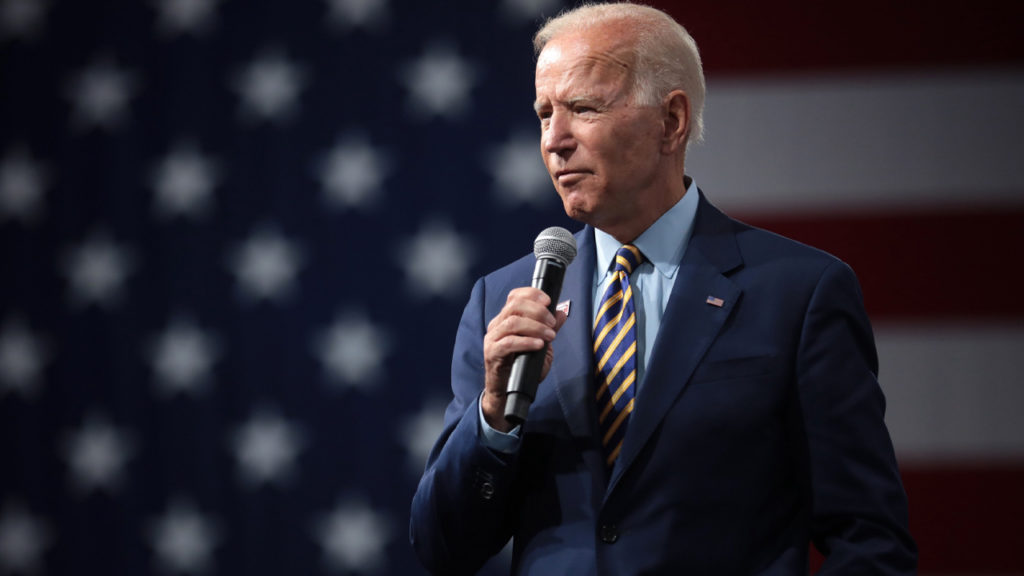$1.75 Trillion for Climate Change, Social Services — Biden’s ‘Build Back Better’ Plan Advances While Inflation Grips US

This week, U.S. lawmakers are preparing to debate the advance of Joe Biden’s Build Back Better proposal, which is now estimated at $1.75 trillion. The new proposal follows the expansive monetary policy the Federal Reserve engaged in during the last two years expanding the money supply like never before. Meanwhile, U.S. inflation is at a 30 year high and the central bank’s Federal Open Market Committee (FOMC) plans to assess new strategies today.
Biden Slims Down ‘Build Back Better’ Plan
Last week, U.S. president Joe Biden offered a slimmed-down “Build Back Better” proposal from its original $3.5 trillion to the current estimate of $1.75 trillion. The proposal follows the massive monetary expansion that stemmed from the U.S. Federal Reserve adding credit to its member banks’ deposits.
In order to deal with the economic disaster caused by the government’s Covid-19 mandates, the Fed’s monetary expansion eclipsed two centuries of USD creation. The latest 1,600-page proposal from the Biden administration wants to leverage $1.75 trillion to tackle social service programs and climate change.
Reports note that $550 billion will be dedicated to combating climate change. The funding will be dedicated to the so-called climate crisis and the funds will be distributed to firms that address climate change and transition to clean energy. Biden’s plan is also aimed at childcare and the bill includes free preschool programs for all 3-4-year-old American children.
Moreover, the White House proposal also extends the Child Tax Credit for another 12 months. House Speaker Nancy Pelosi conceded that a number of items were cut from the bill but she highlighted that “universal pre-K, child care, child tax credit, home health care and the rest” made it into the package.
Additionally, Biden’s “Build Back Better” proposal will fund broadband services to help American families connect to the internet, but also provide an allocation of funds for free “desktops, laptops, and tablets to poor Americans,” according to The Verge’s contributor Makena Kelly.
Federal Reserve to Discuss Tapering Bond Purchases in the Face of Rising Inflation
At the same time, rising inflation is gripping the U.S. economy as fresh data published last week shows inflation is the highest it’s been in 30 years. In order to address the problem, the U.S. central bank plans to meet on Wednesday afternoon. It is assumed that the Fed will not raise the benchmark interest rate above zero but will likely discuss tapering back the $120 billion worth of bonds it purchases each month.
Other countries are facing the same decisions, as the Bank of England is meeting the day after the Fed’s FOMC meeting in order to discuss re-configuring interest rates. Reuters noted today that during the September 21-22 minutes FOMC members signaled that a “taper” of bond purchasing may be approved. The plan was described as an “illustrative tapering path,” and Reuters’ contributor Howard Schneider highlights that Fed officials still believe the current issues will be transitory.
“Fed officials still largely hold that view — By some time in 2022 they anticipate that global supply bottlenecks will have eased, pandemic-fueled demand for goods among U.S. consumers will cool,” Schneider’s report on Wednesday explains.
What do you think about Biden’s ‘Build Back Better’ plan to leverage $1.75 trillion? What do you think about the Fed assessing tapering back bond purchases? Let us know what you think about this subject in the comments section below.



